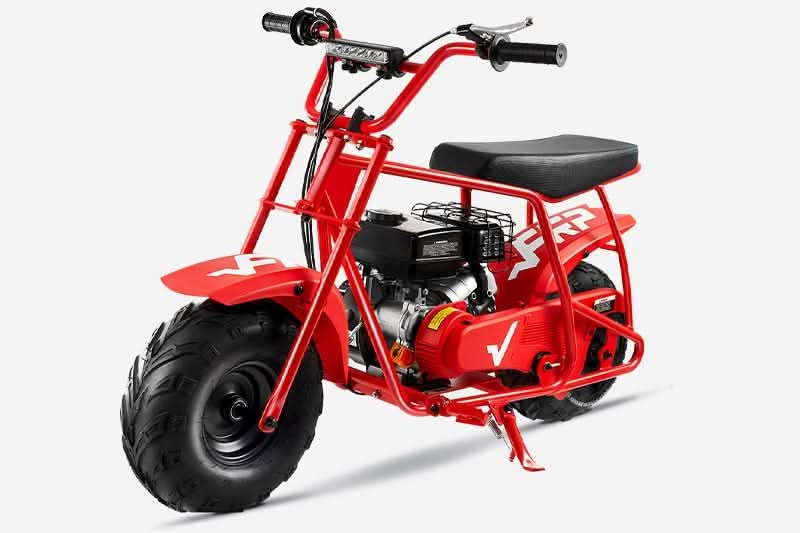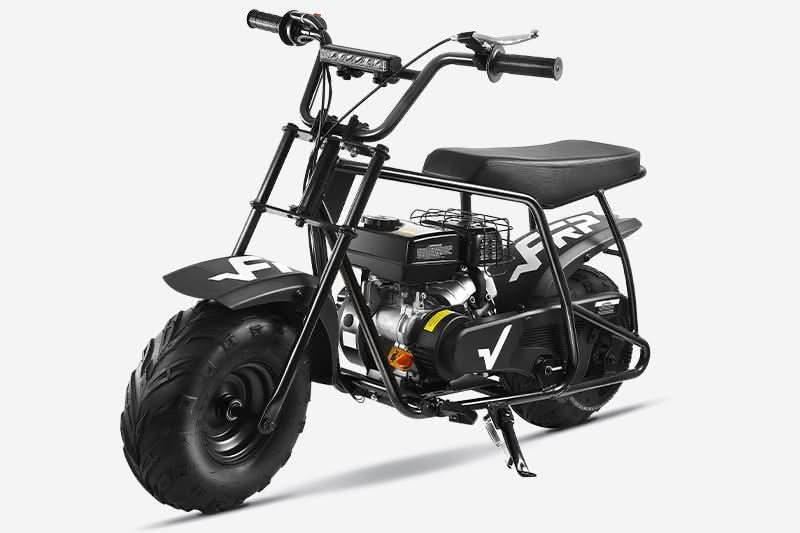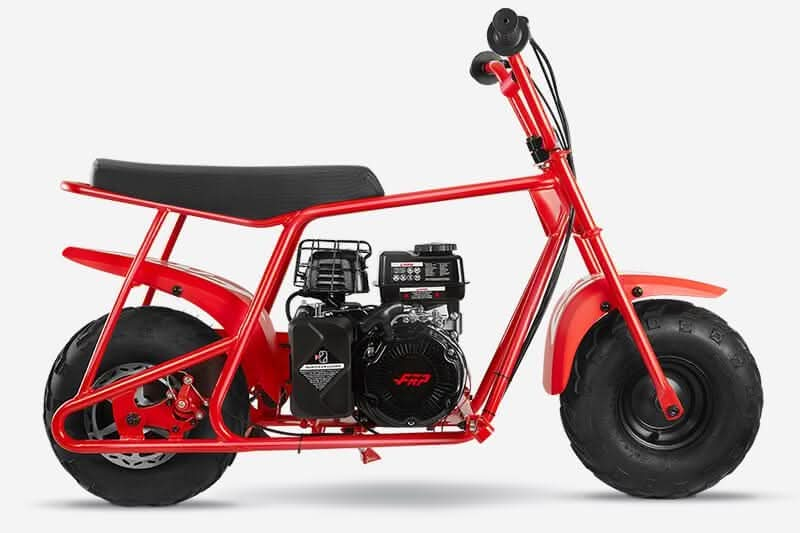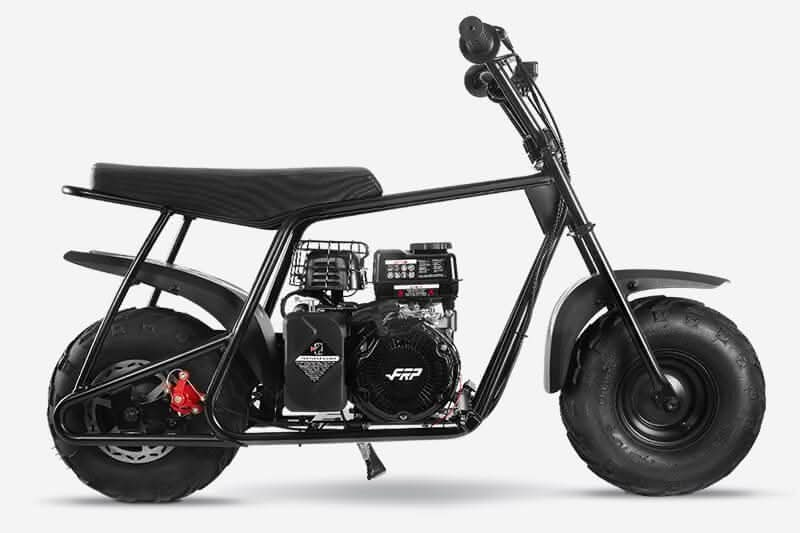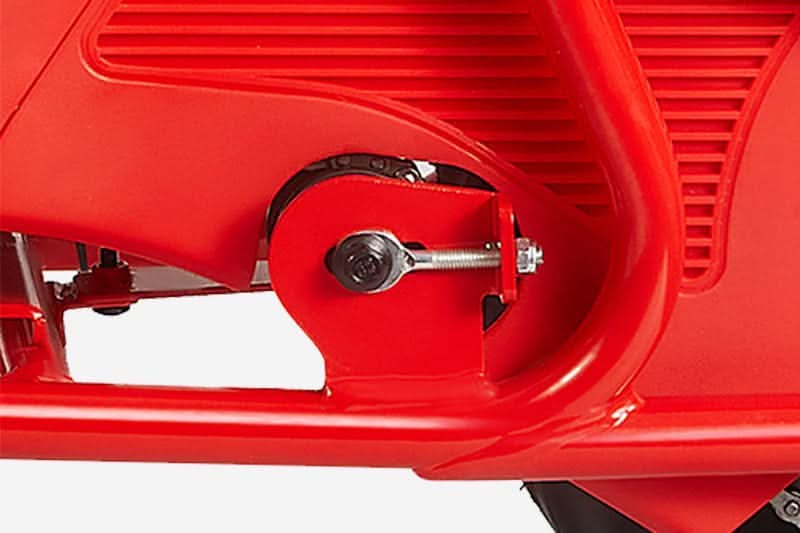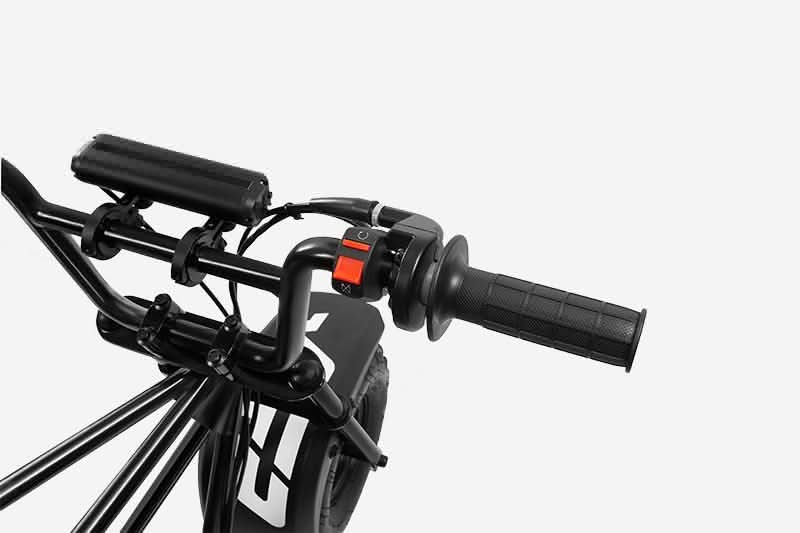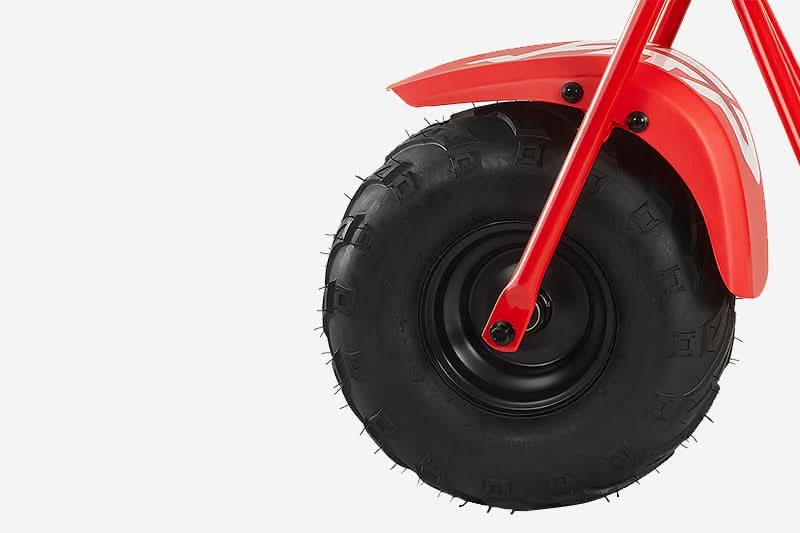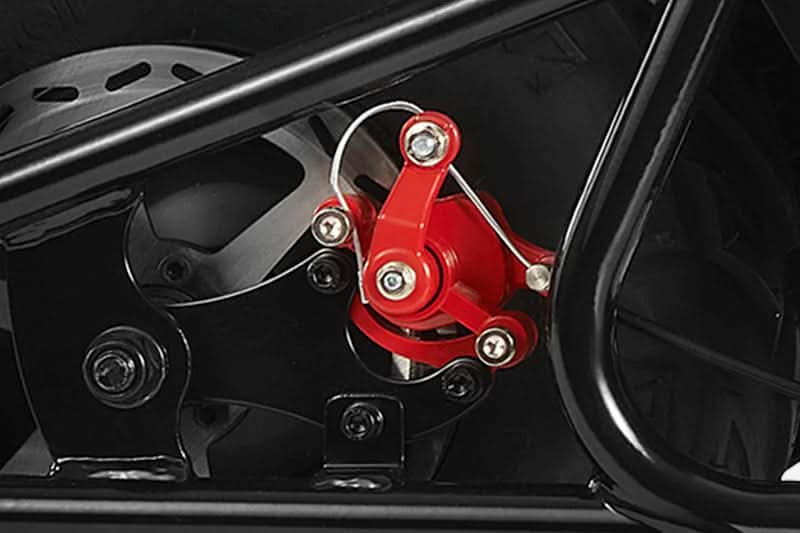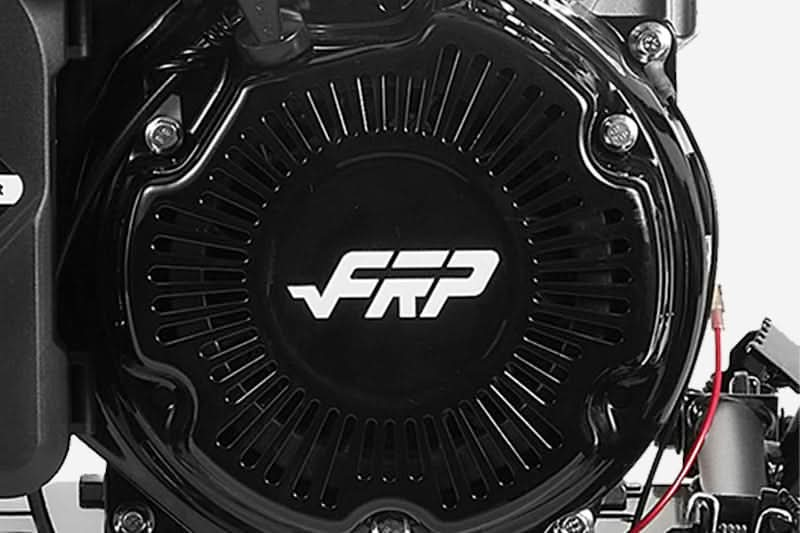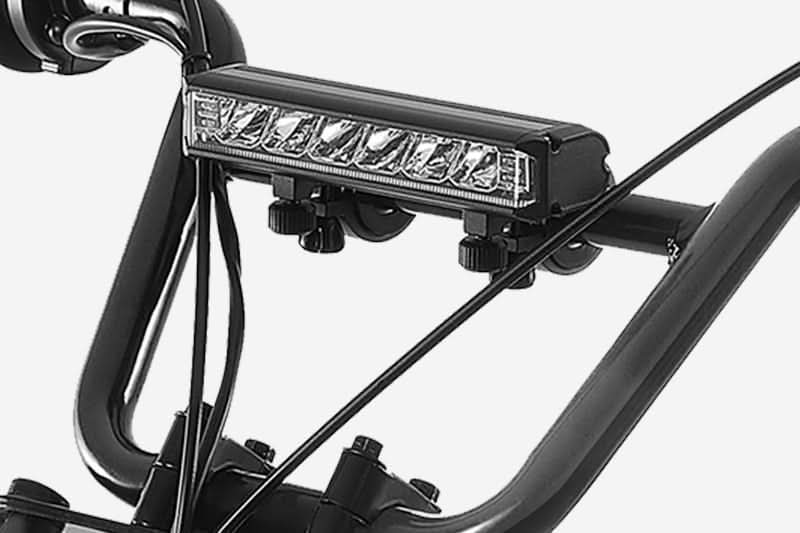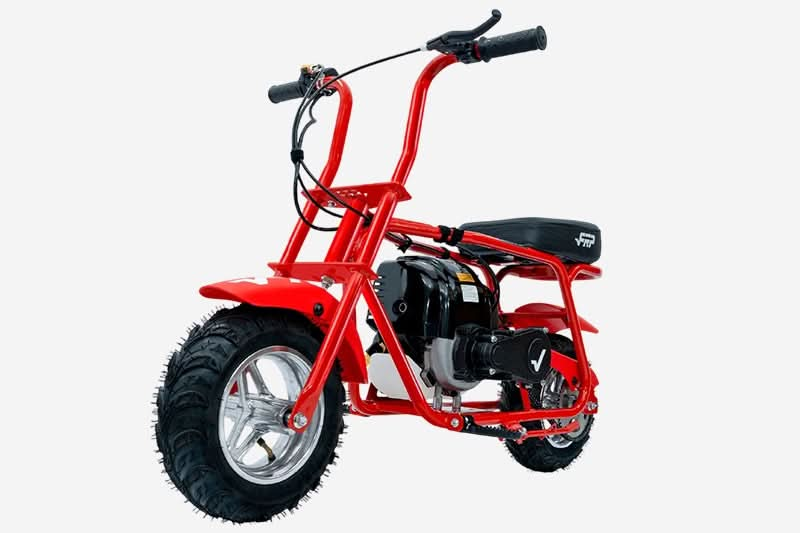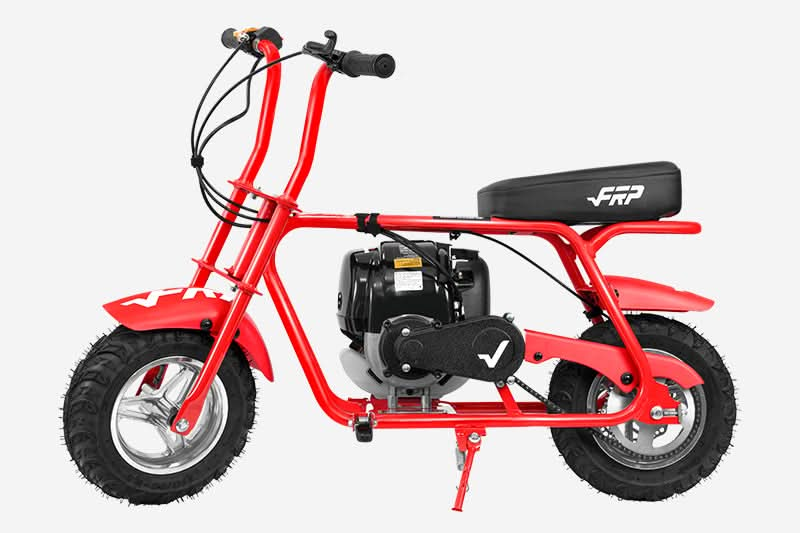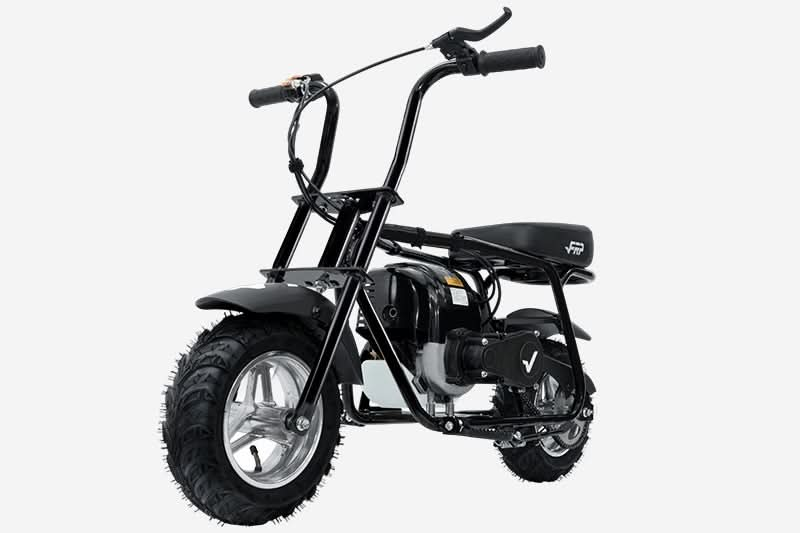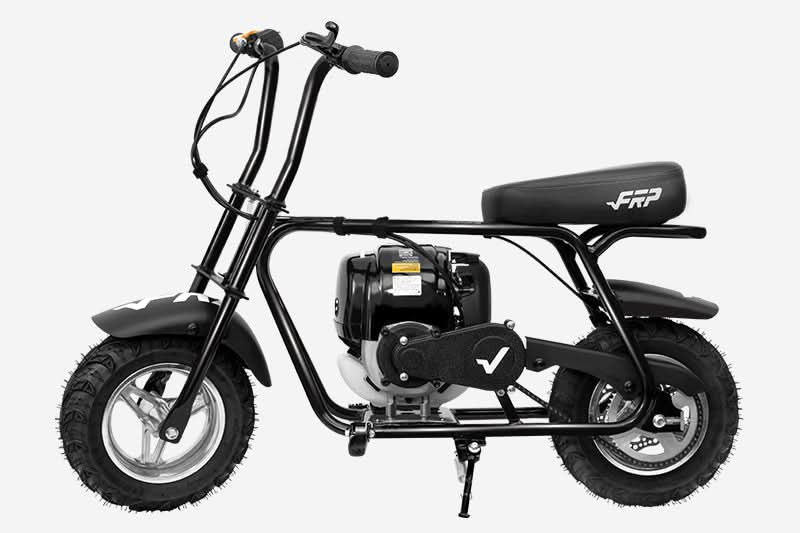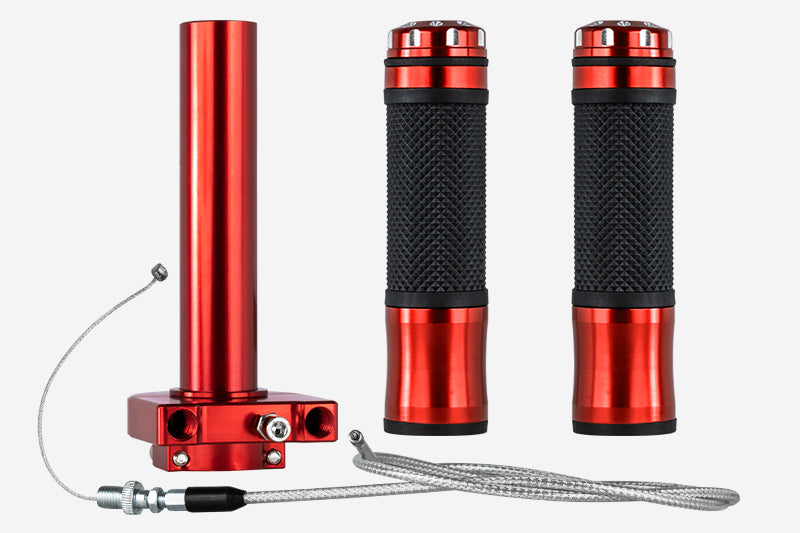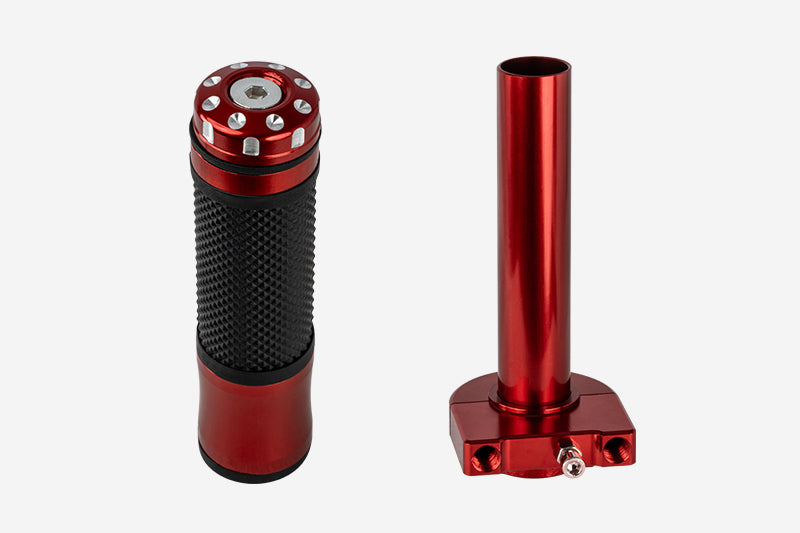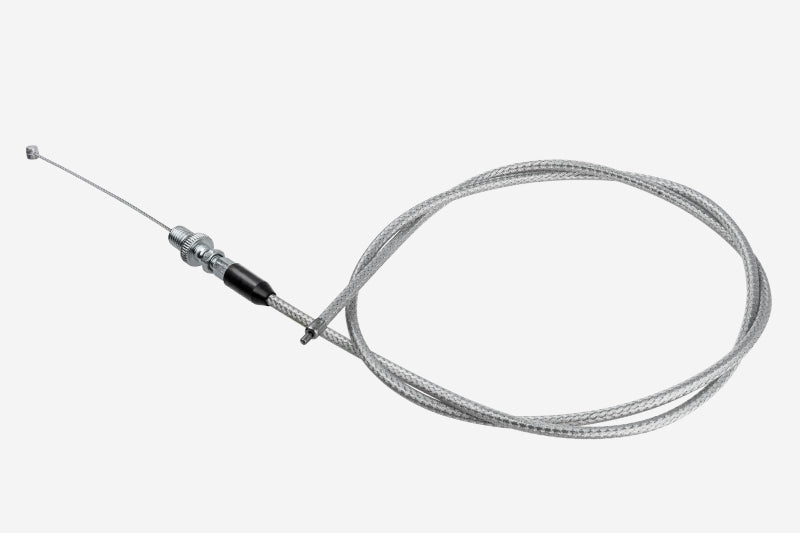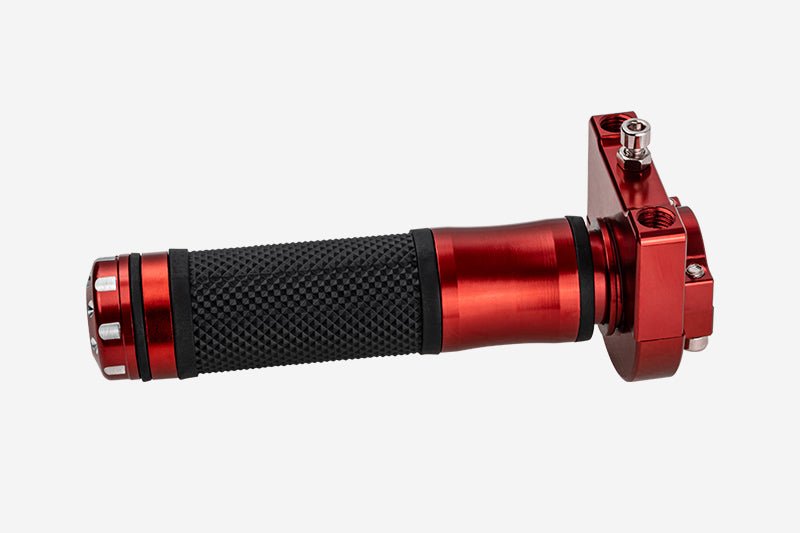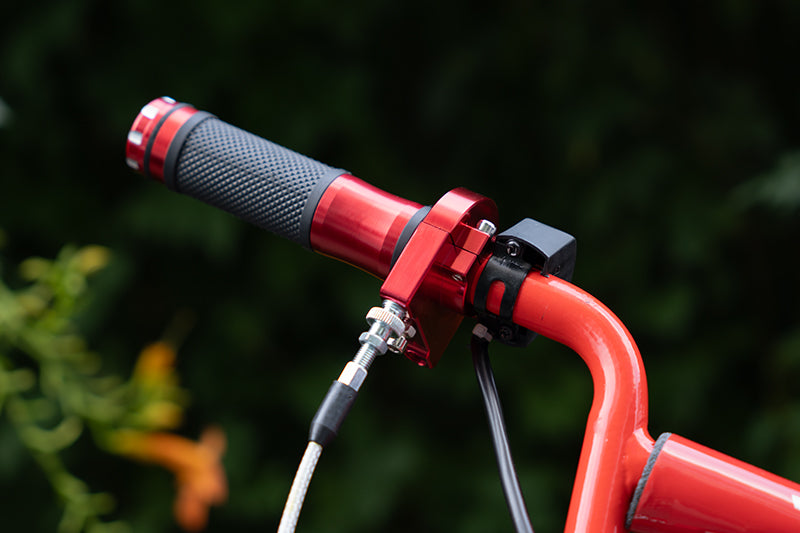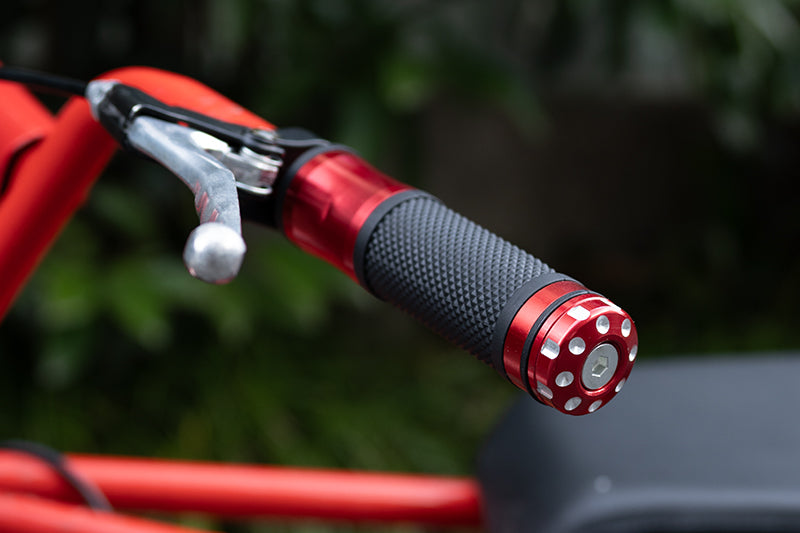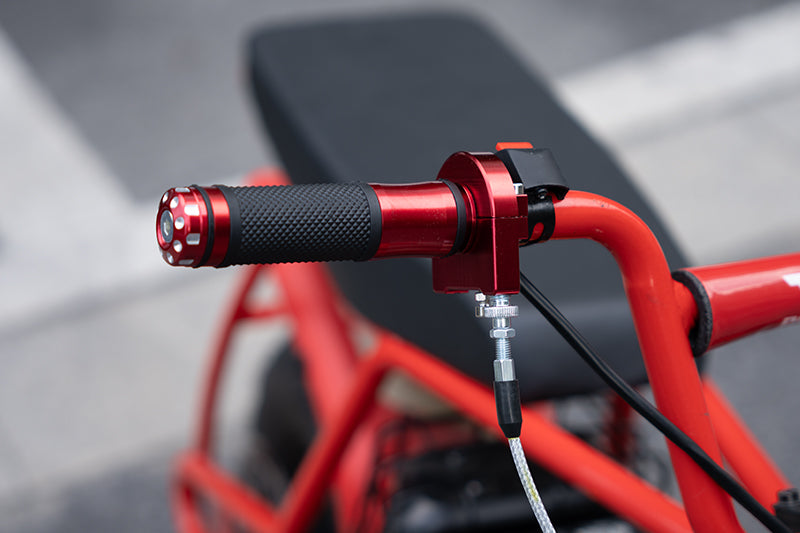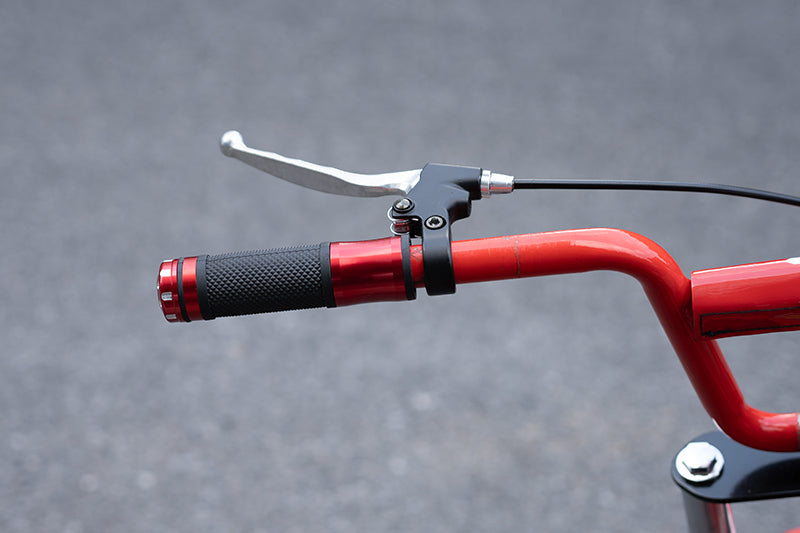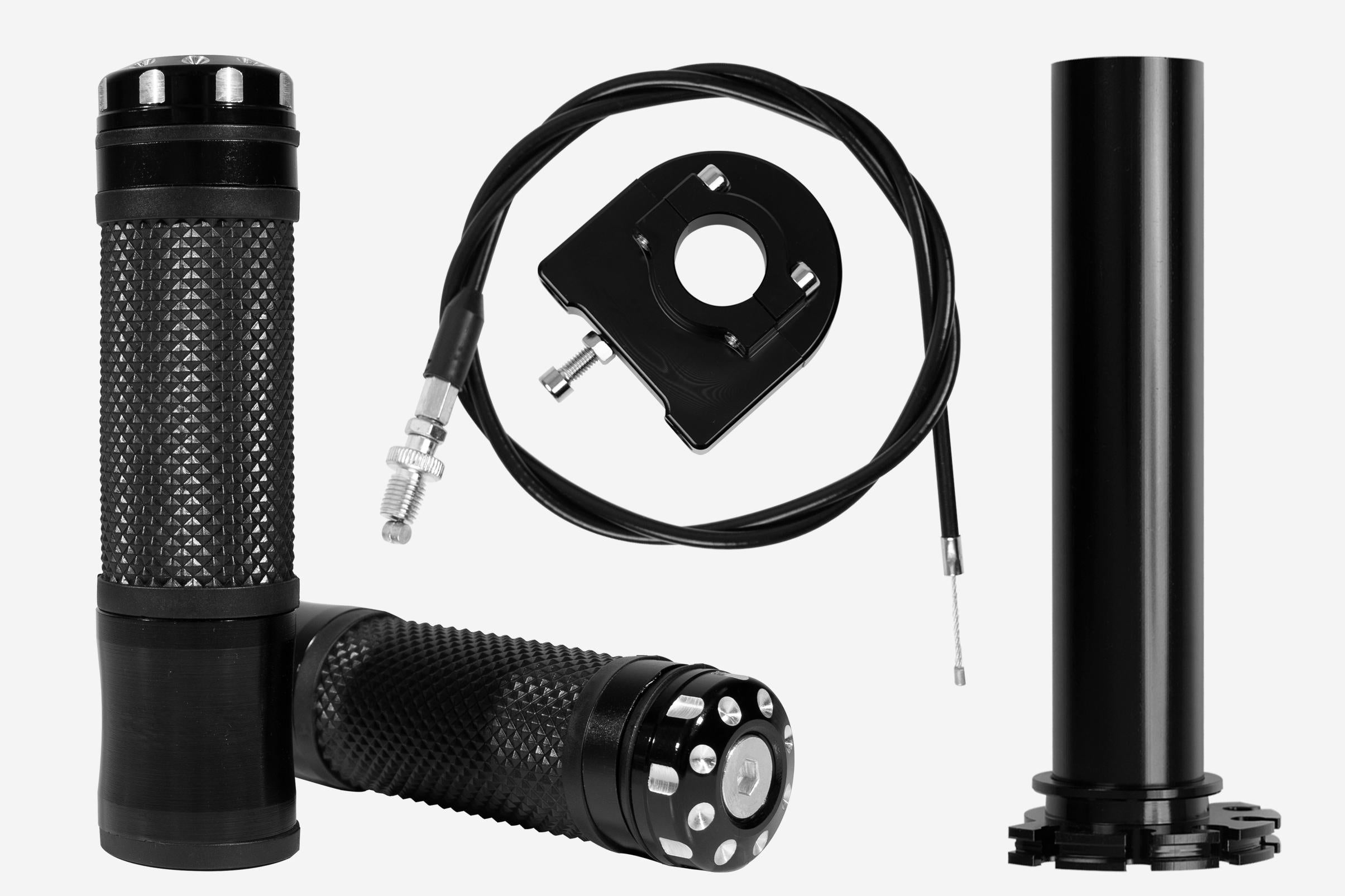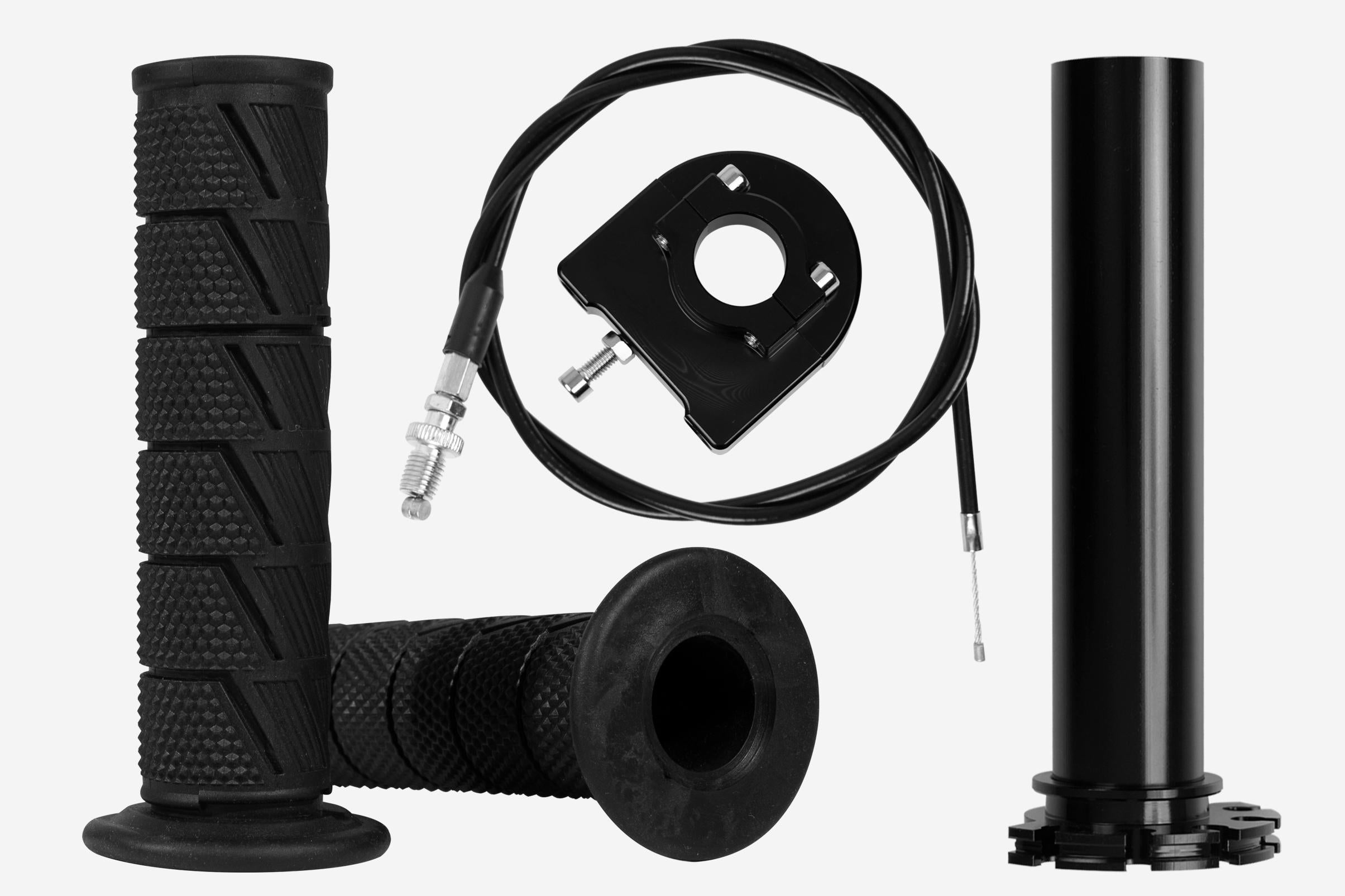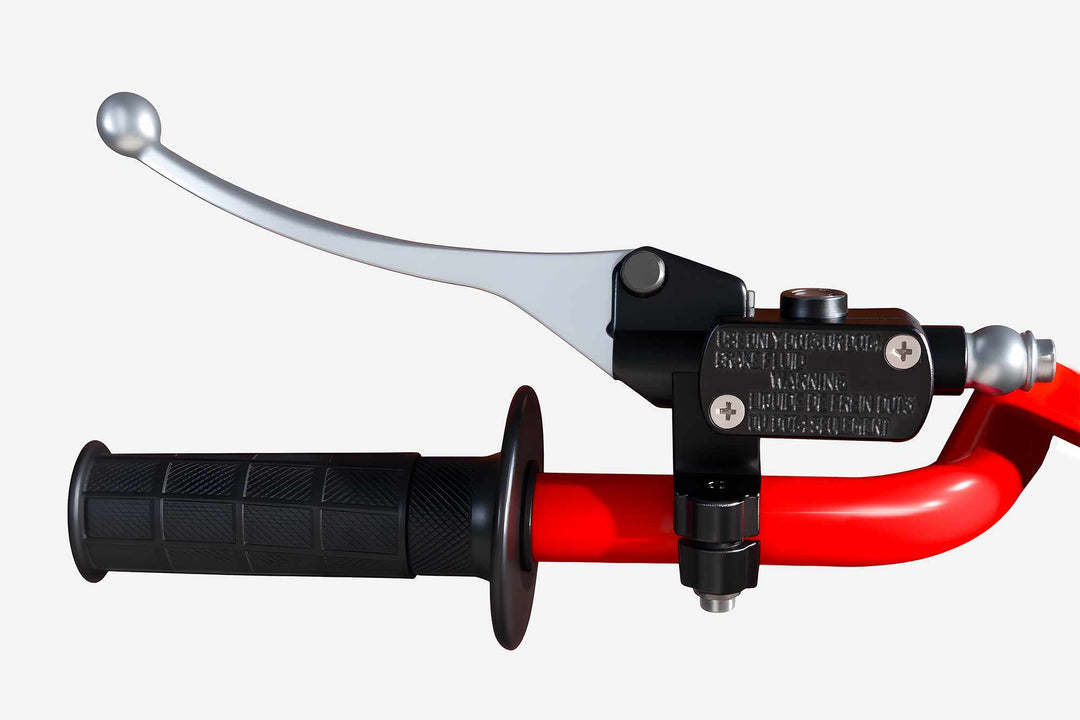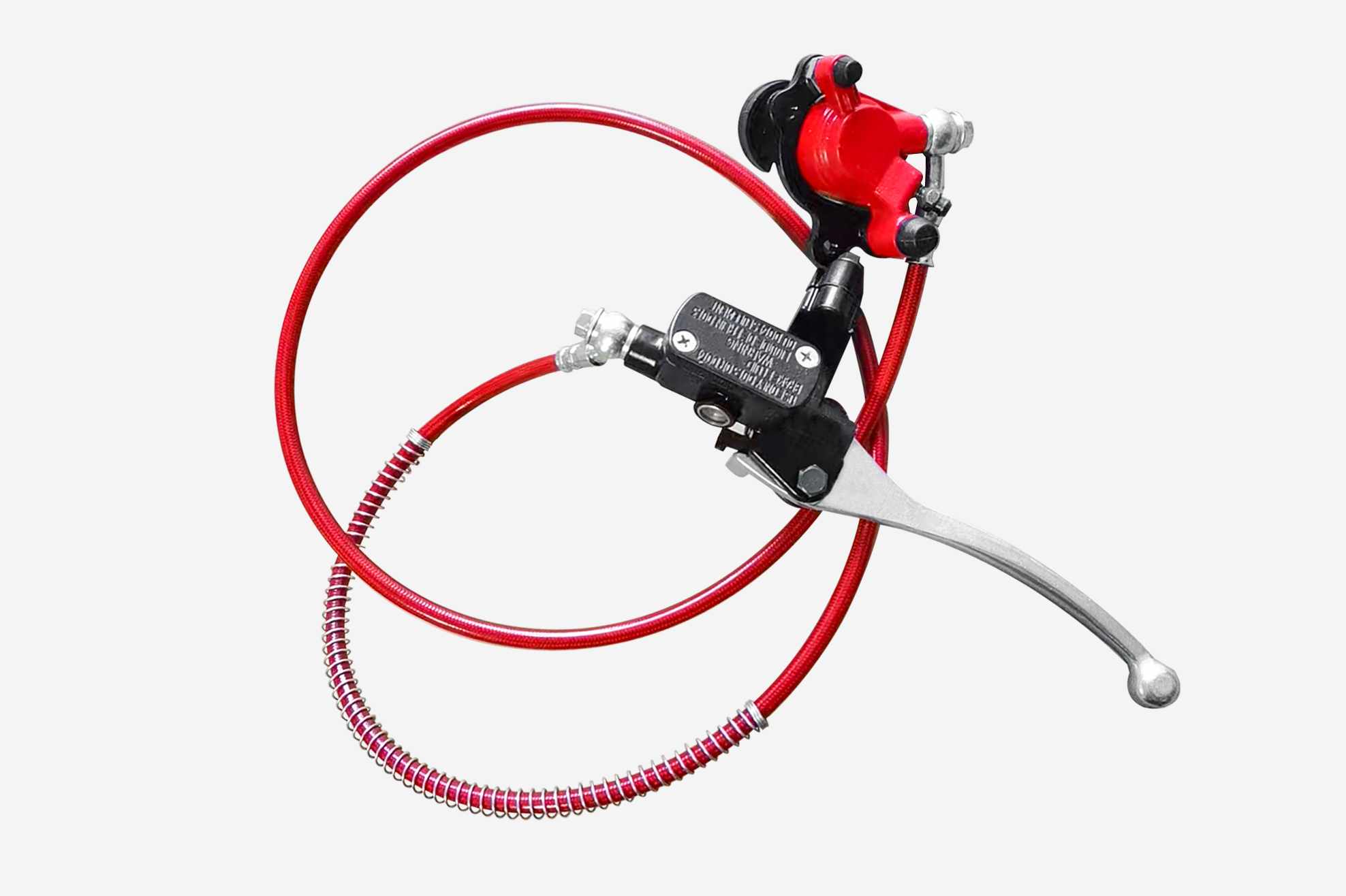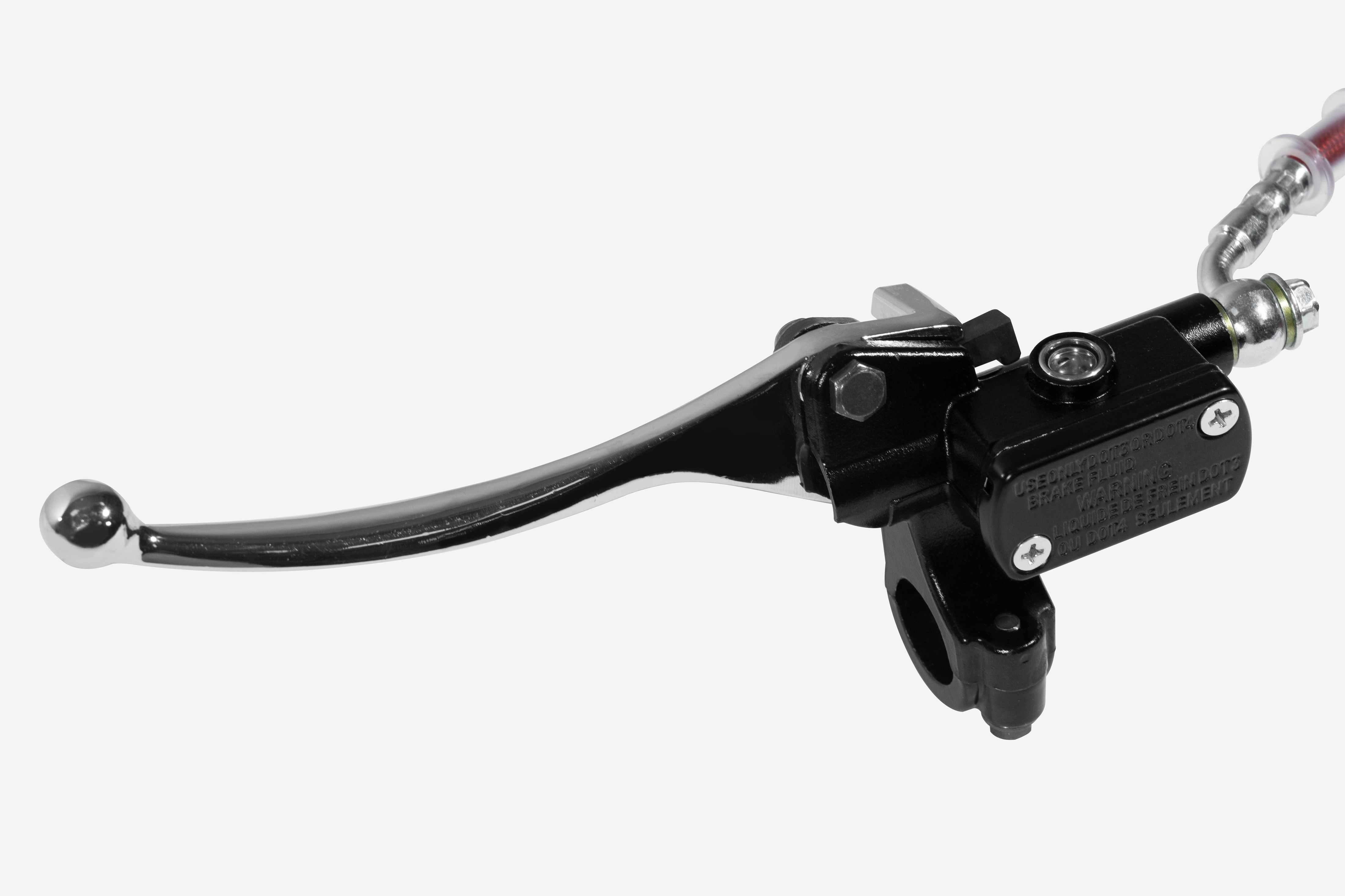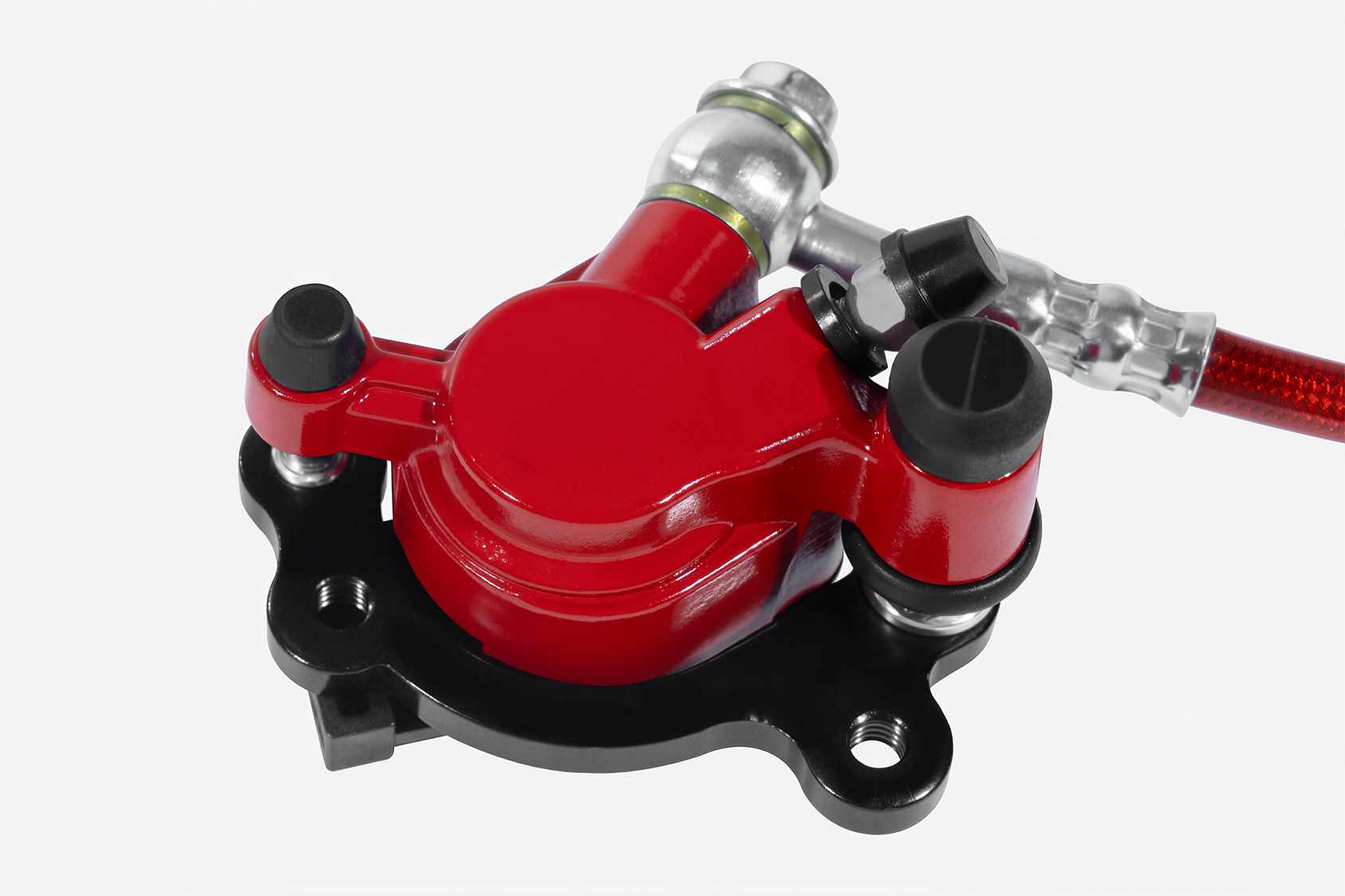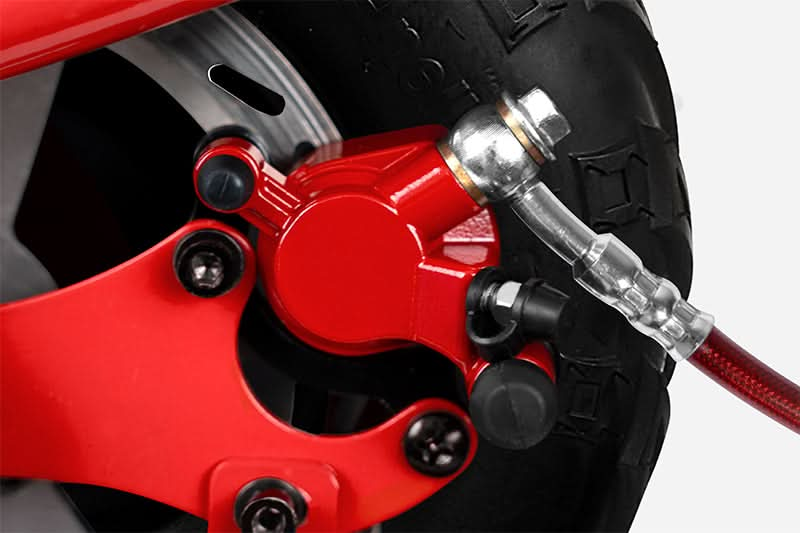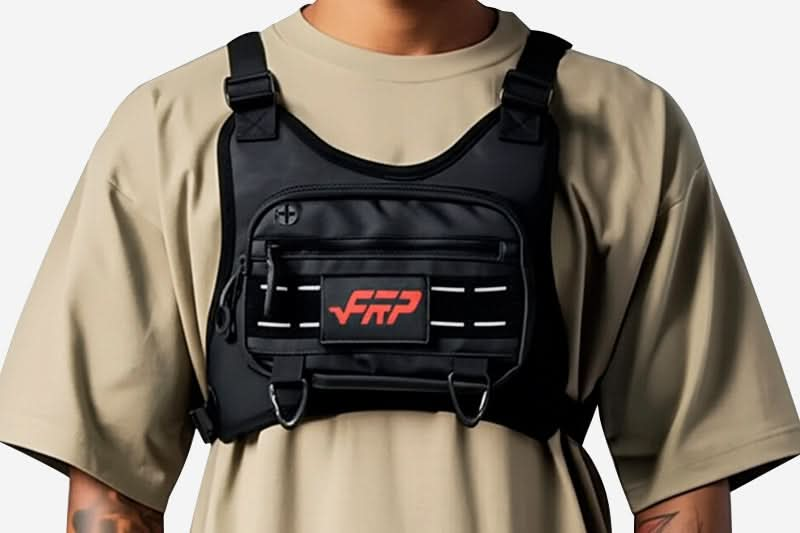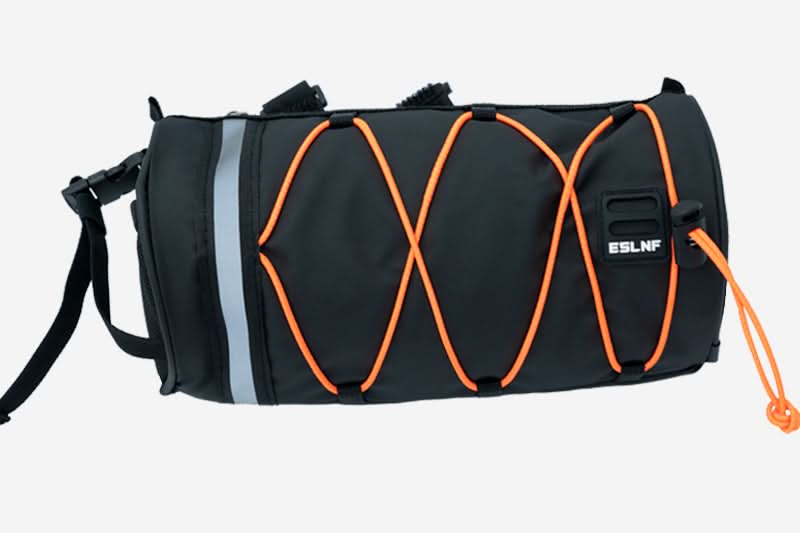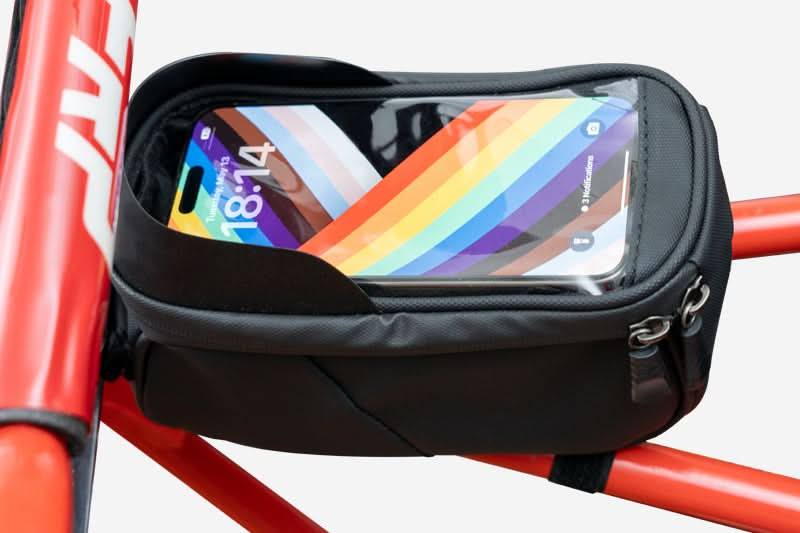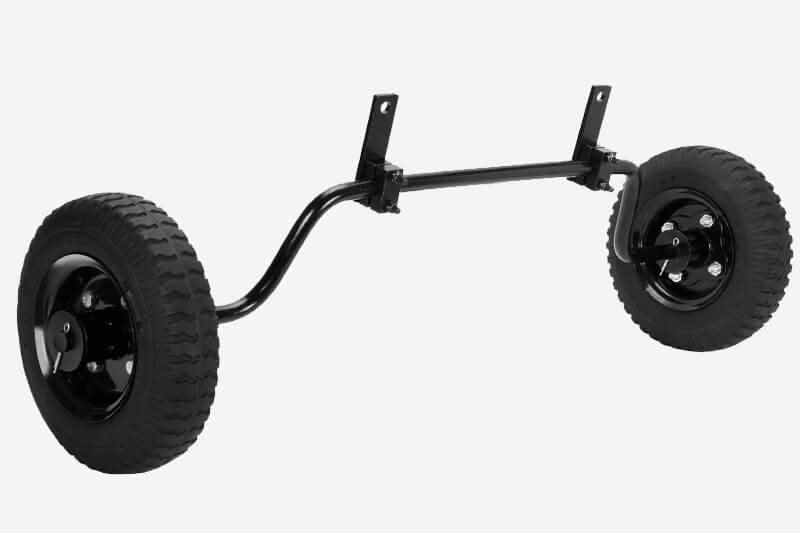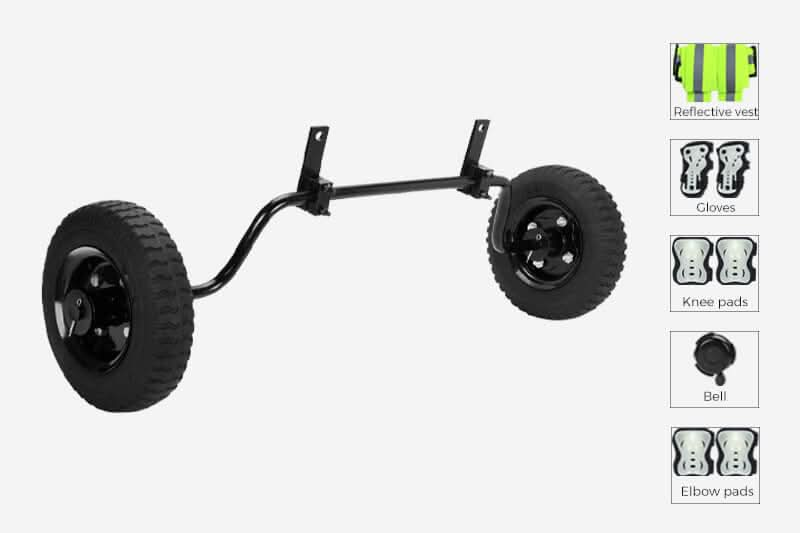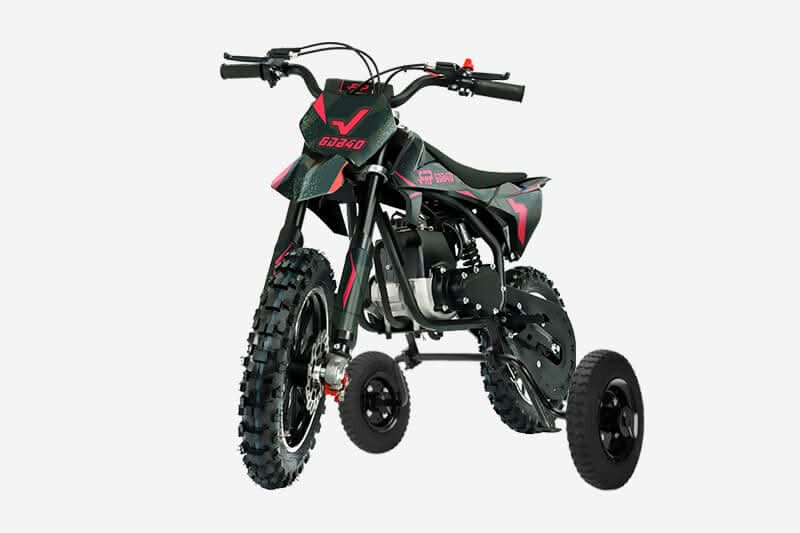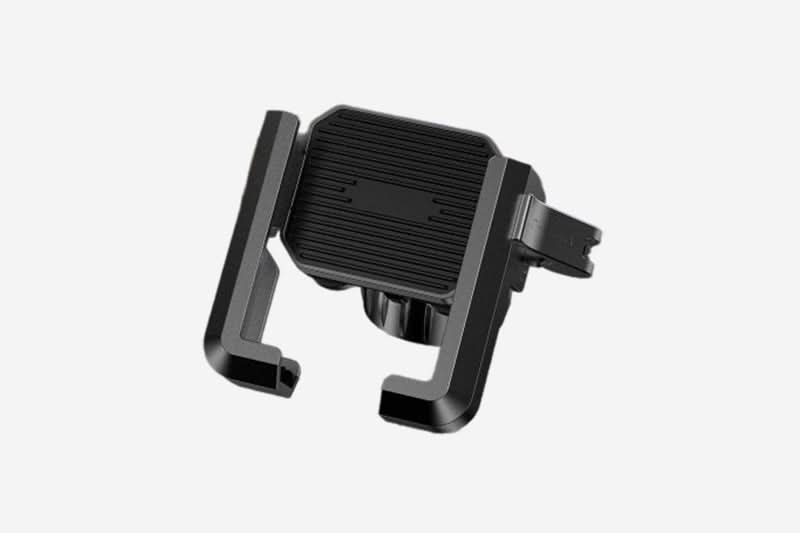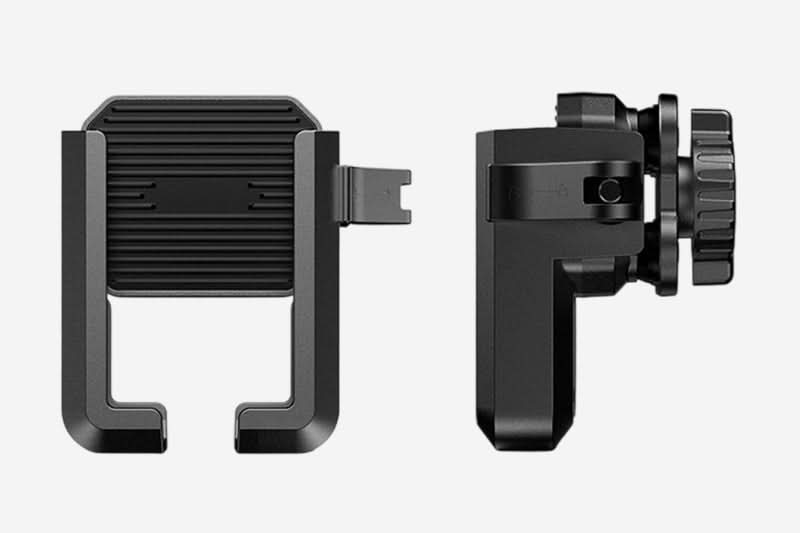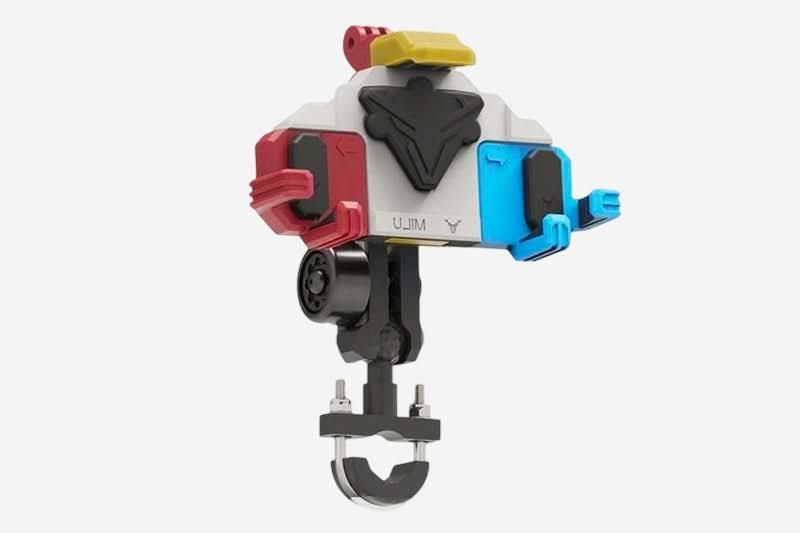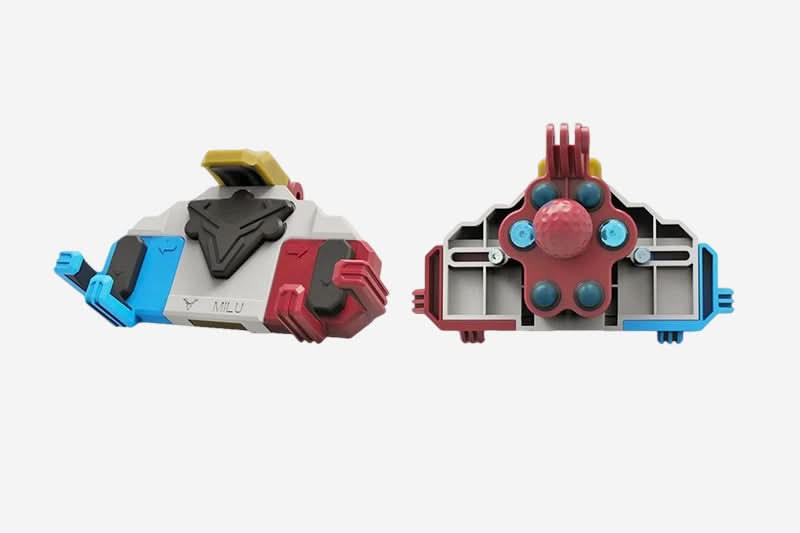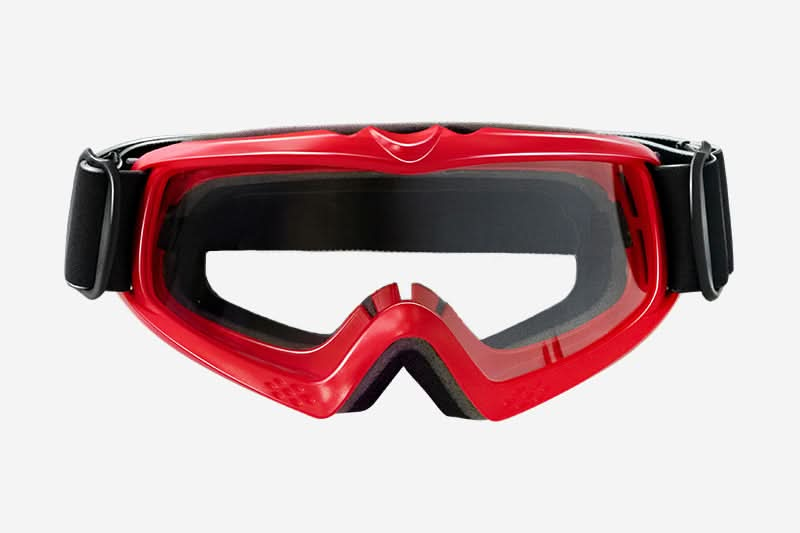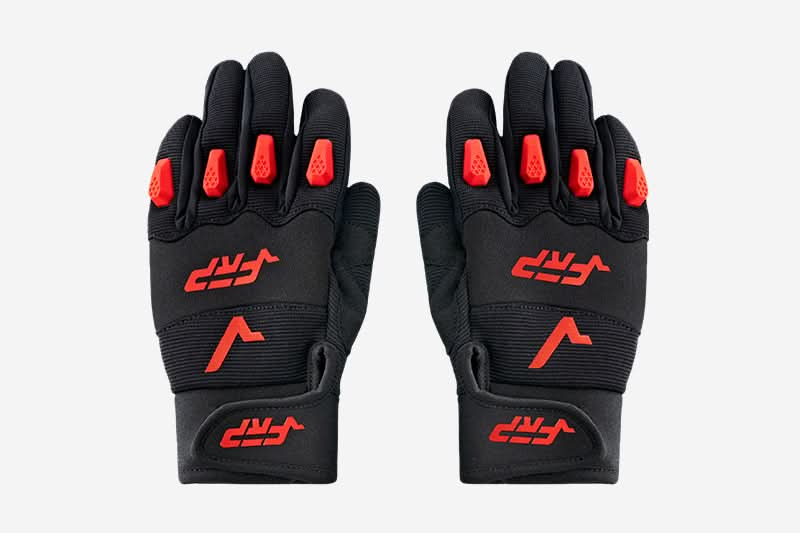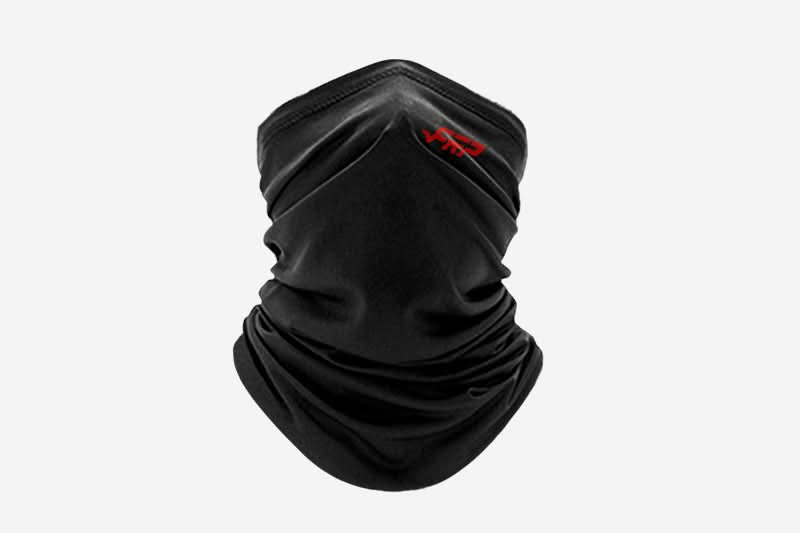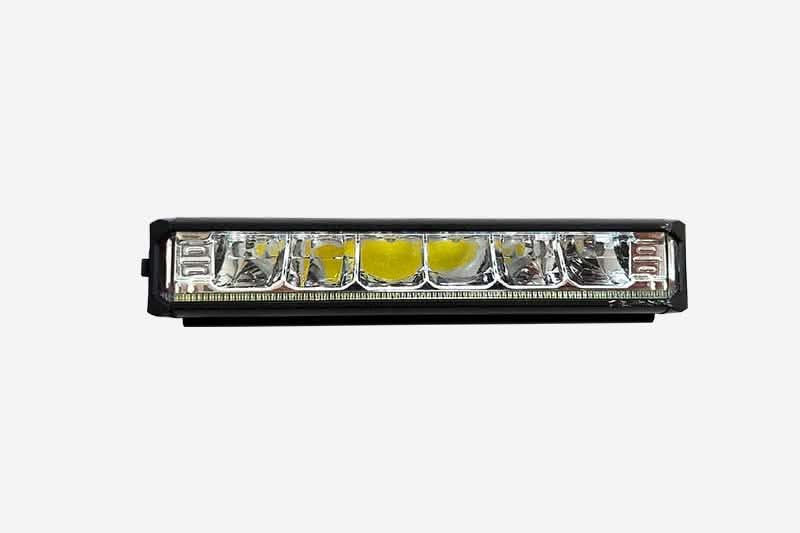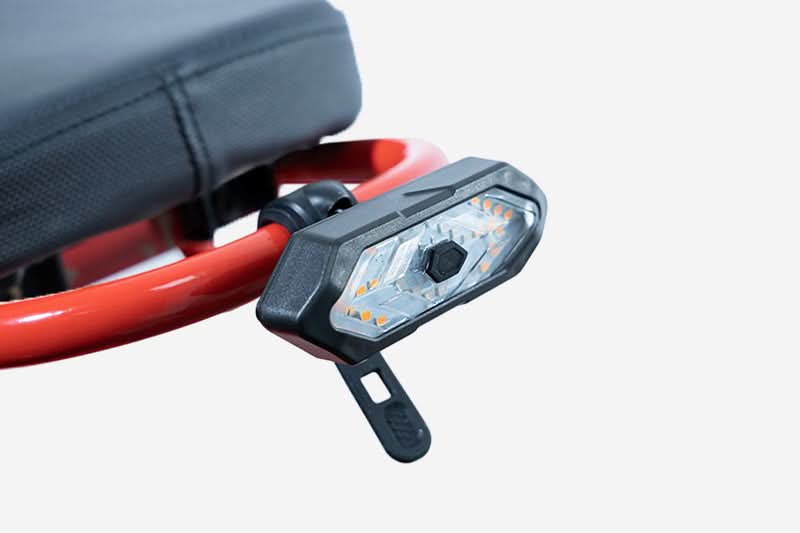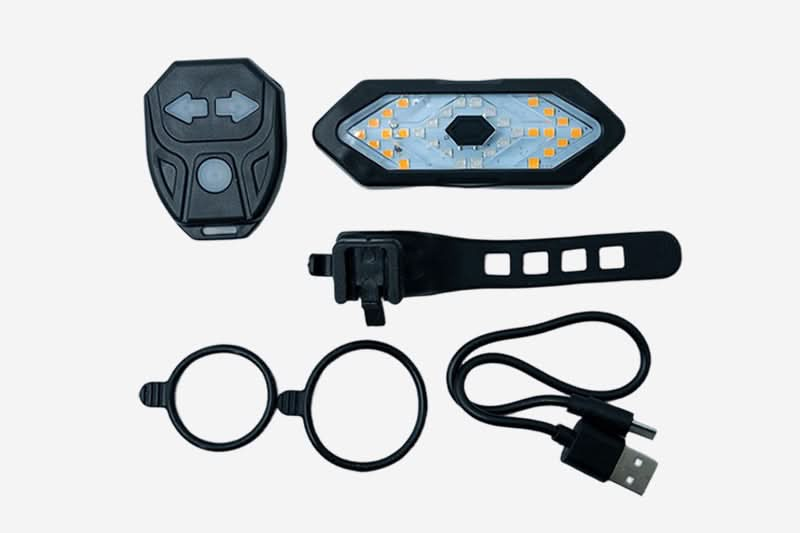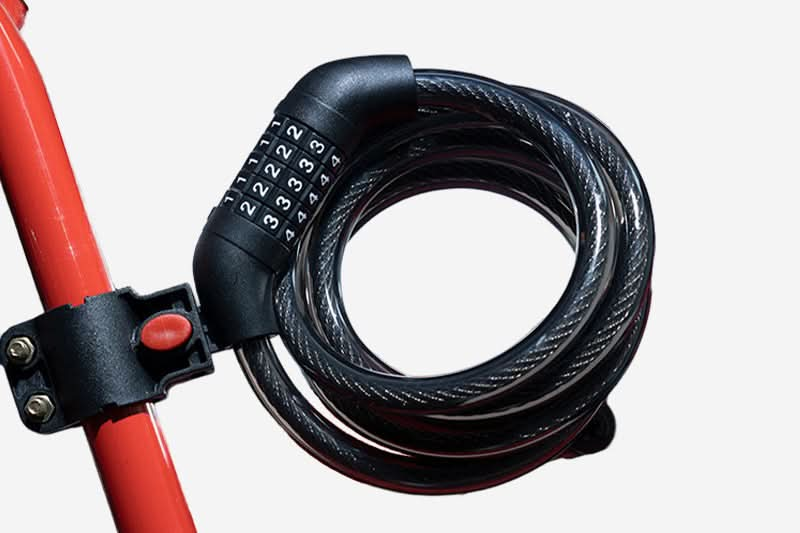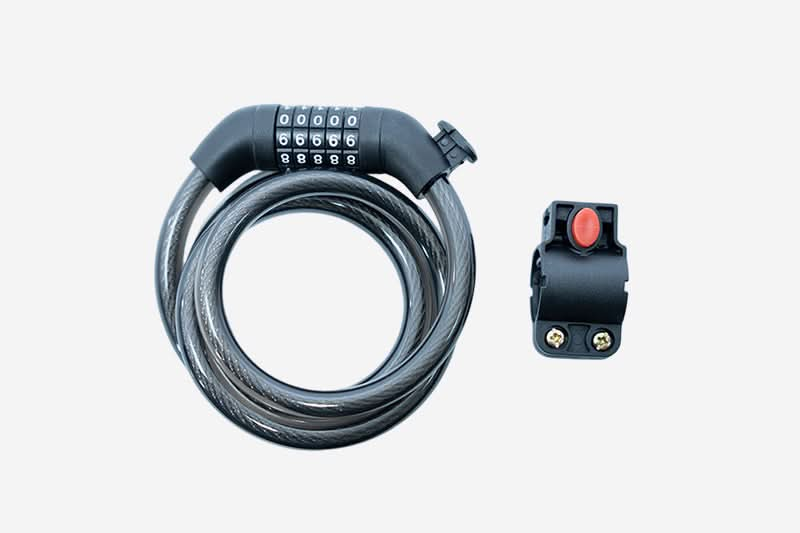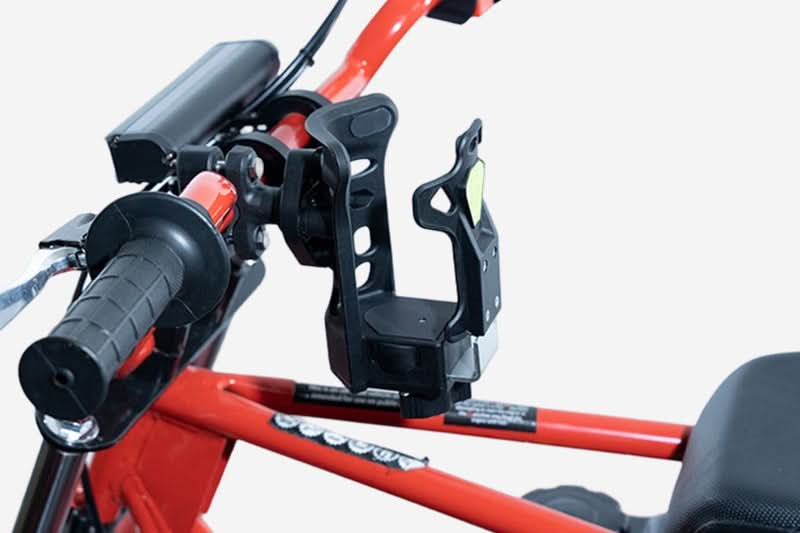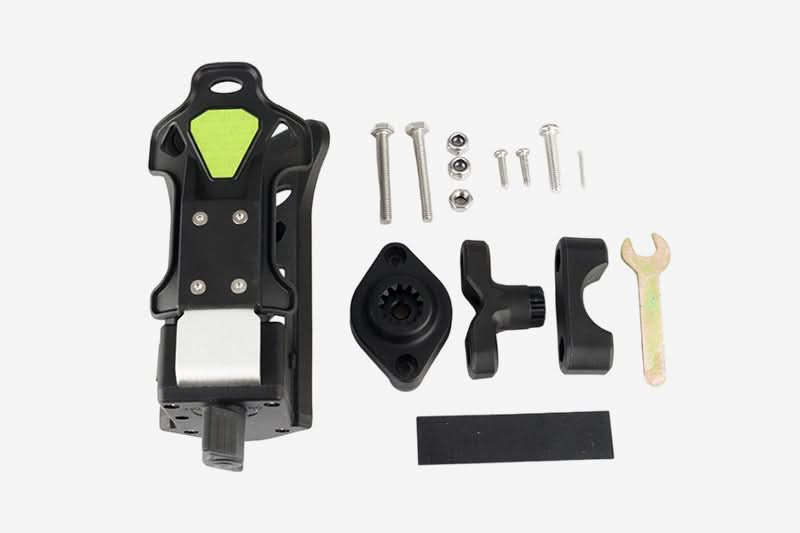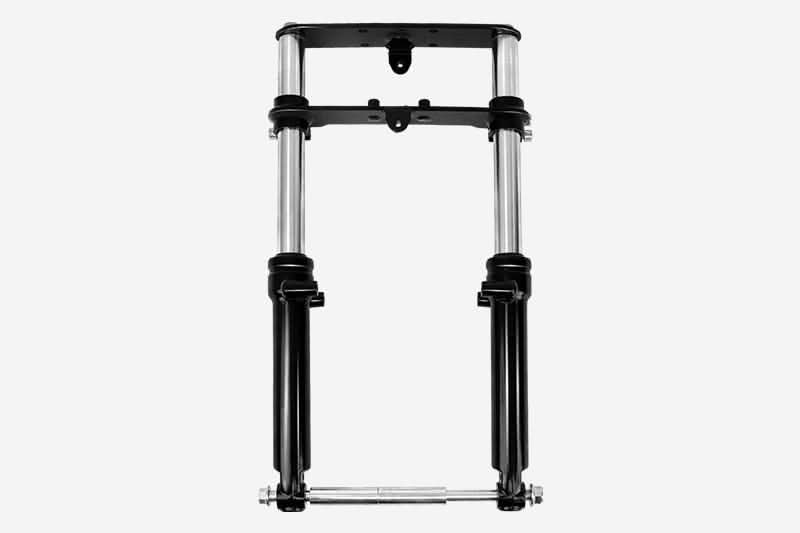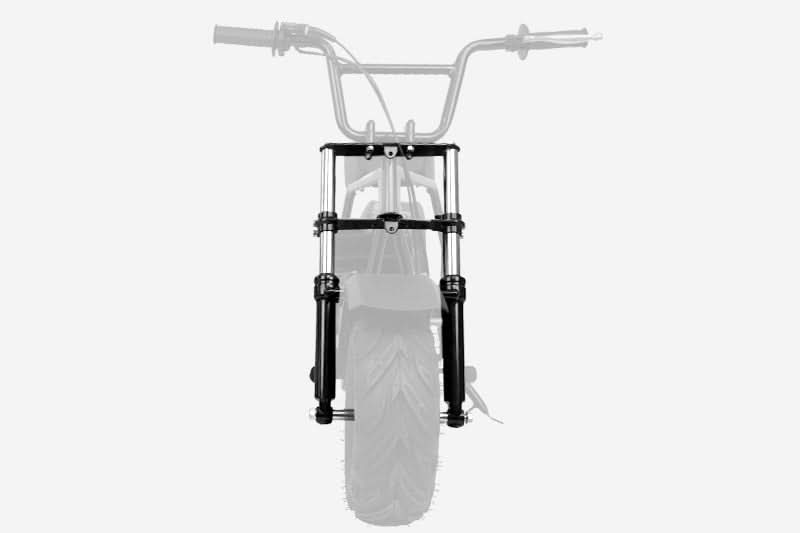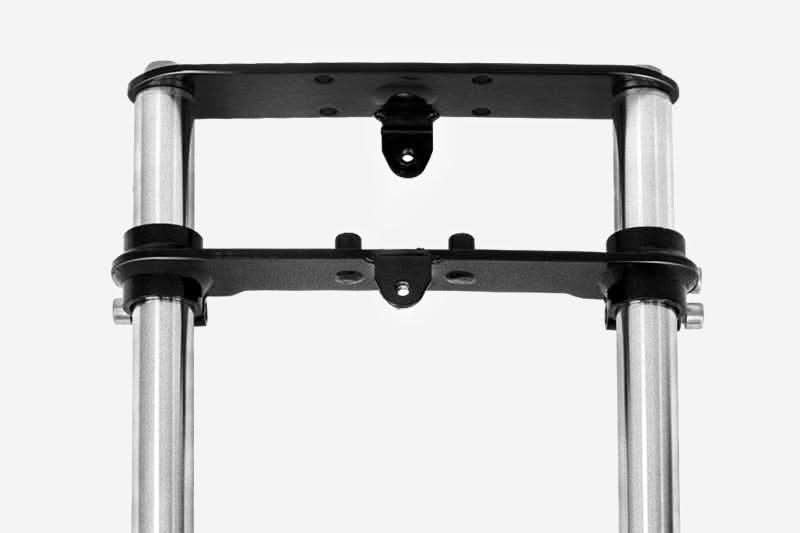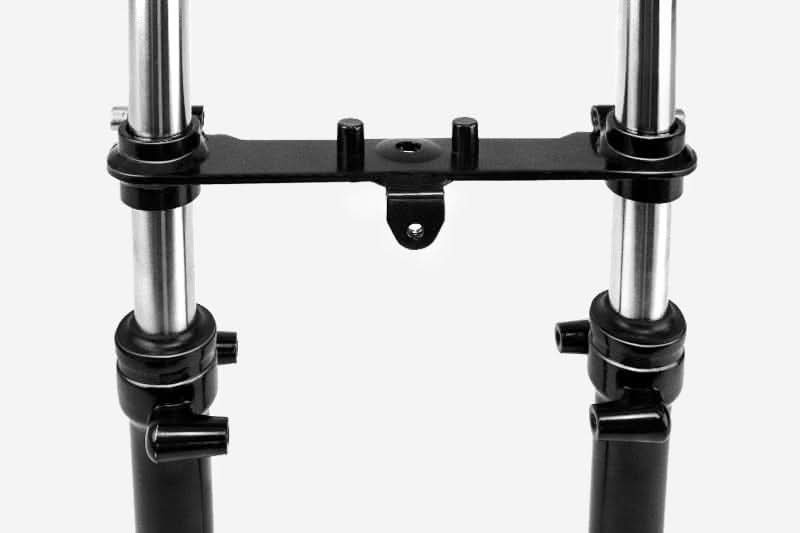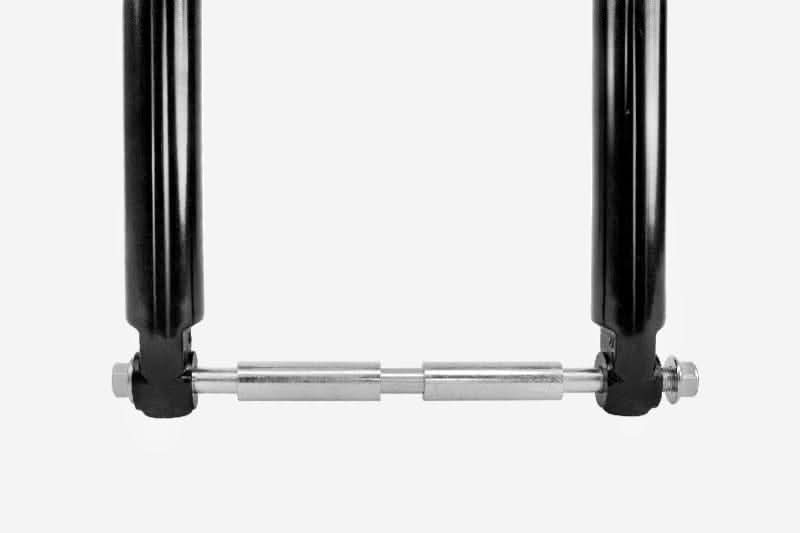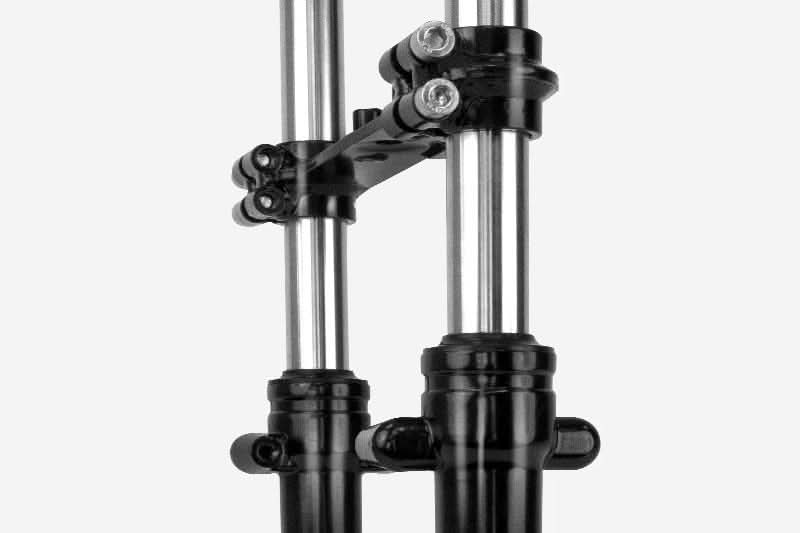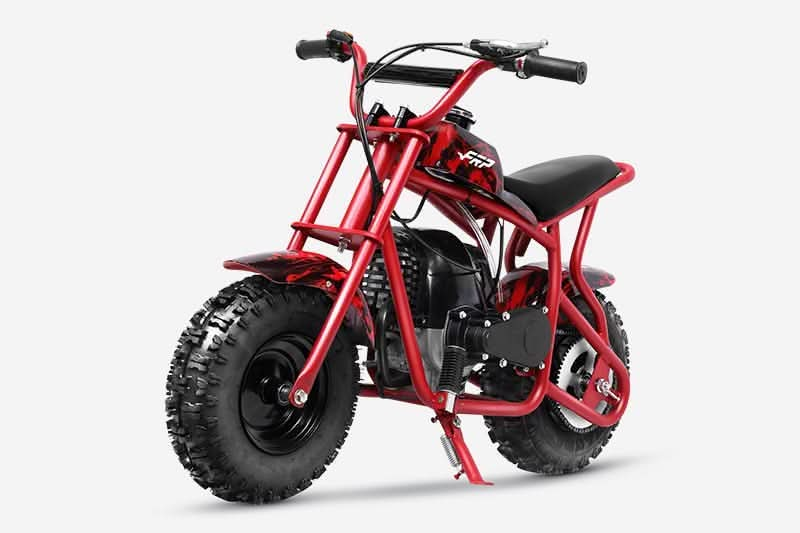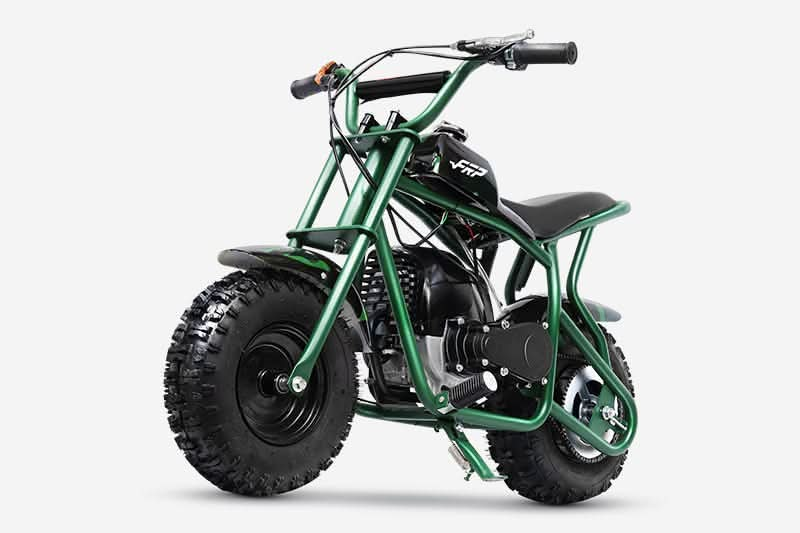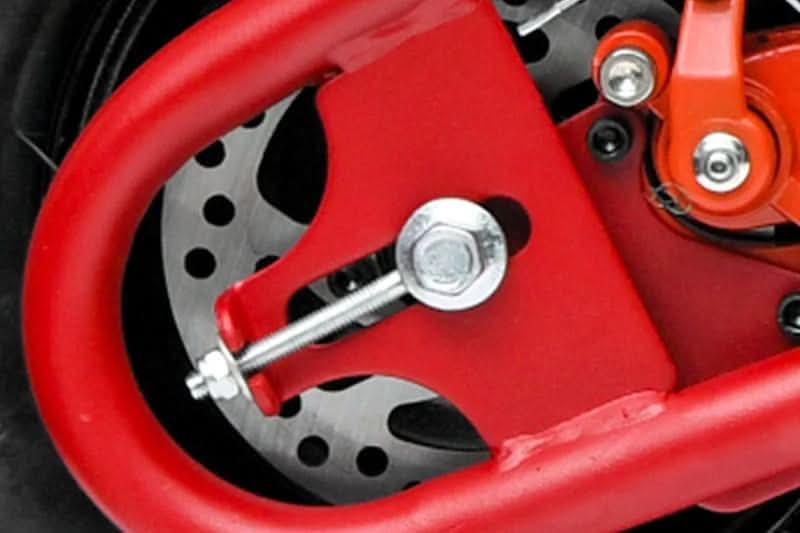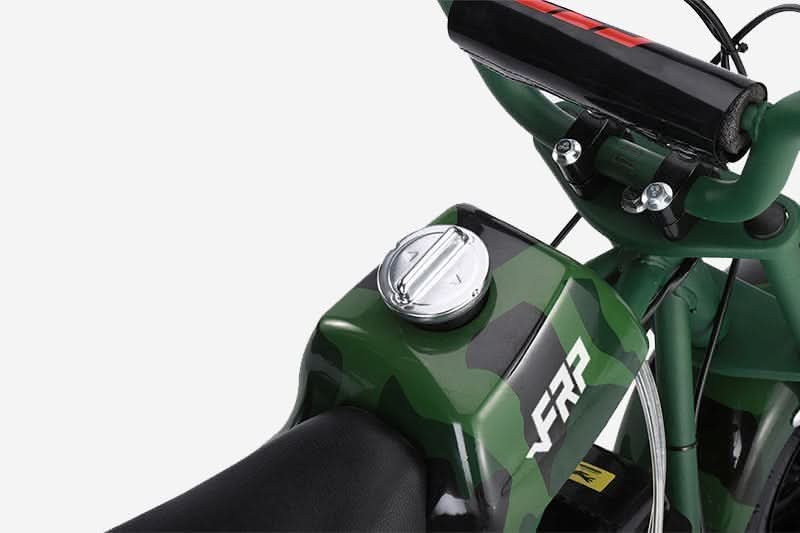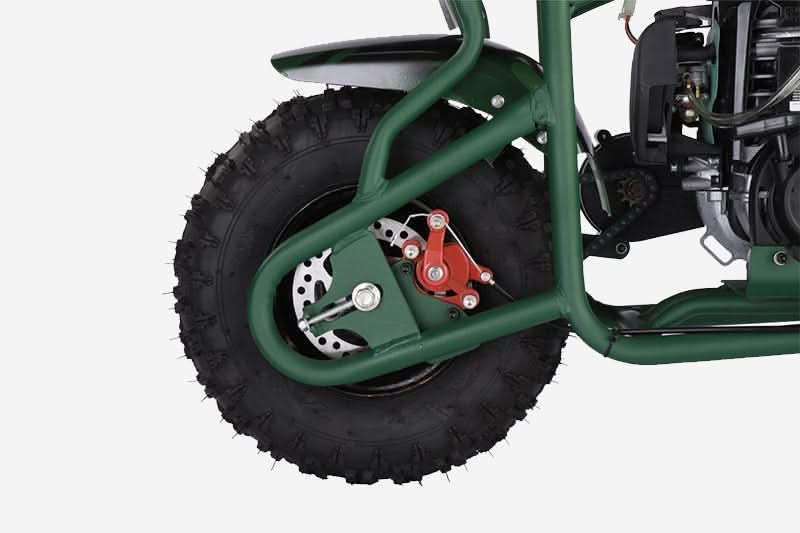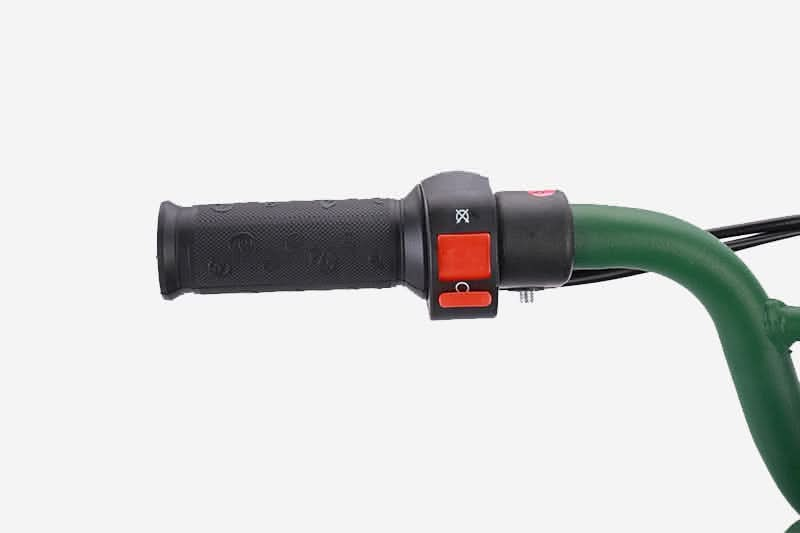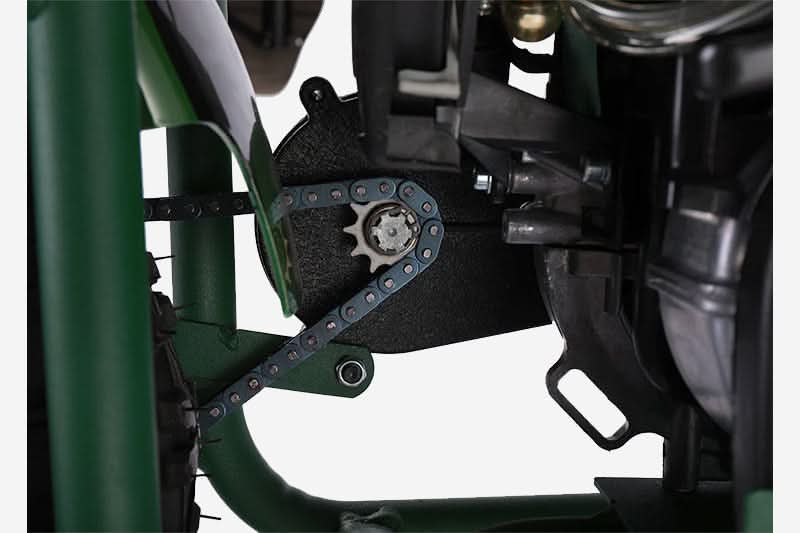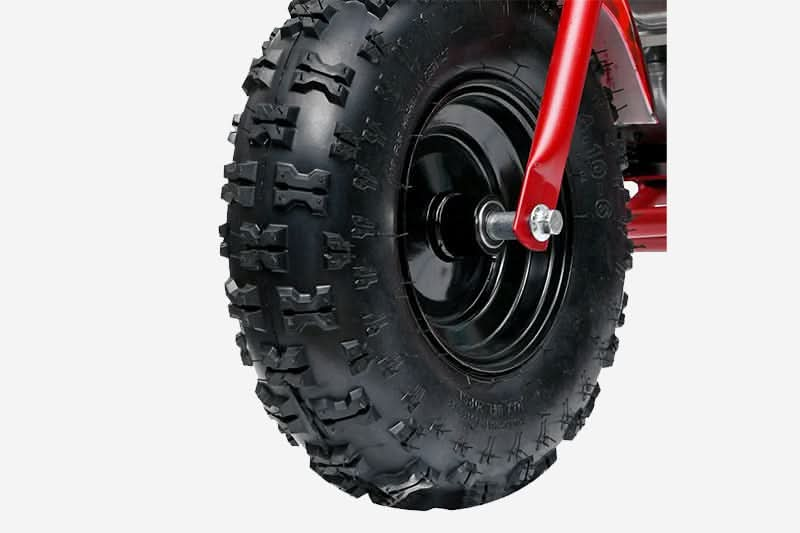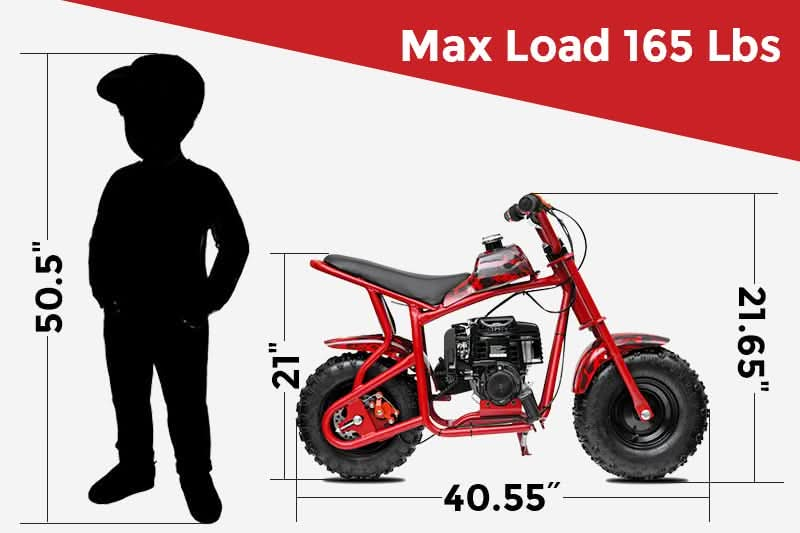How Can I Make Sure My Child Rides Their Dirt Bike Safely?
Dirt biking is an exciting activity for kids, offering adventure and skill development.
However, ensuring safety is the top priority for every parent. A kids dirt bike can provide hours of fun, but accidents can happen if safety precautions are ignored.
Teaching your child responsible riding habits will help them enjoy their gas powered dirt bike while staying safe.
This guide will cover all the essential steps to make dirt biking safe and enjoyable for your child.
By following these guidelines, you can help them develop the right skills, use proper equipment, and ride in safe environments.
Essential Safety Gear – The Non-Negotiables
The right safety gear is critical when riding a kids gas dirt bike. Even minor falls can result in injuries if your child is not properly protected. Wearing full protective gear reduces risks and builds confidence on the bike.
Head-to-Toe Protection
● Helmet: The most critical piece of safety gear. Choose a DOT-approved or ECE-certified helmet that fits snugly without wobbling. A full-face helmet is ideal for protecting the chin and jaw.
● Eye Protection: Dust, mud, and debris can impair vision. Goggles with anti-fog and scratch-resistant lenses ensure clear visibility.
● Body Armor: A high-quality chest protector, elbow guards, and knee pads absorb impact during falls and protect bones and joints.
● Gloves and Boots: Gloves improve grip and prevent blisters, while sturdy, reinforced boots protect ankles from twists and sprains.
The Importance of Safety Gear
Wearing proper safety gear every time they ride a dirt bike for kids 8-14 should become a habit. Even experienced riders can fall, so protective equipment is non-negotiable. Let your child pick gear in their favorite colors or designs to encourage consistent use.
Bike Safety Features That Matter
Not all kids dirt bikes come with the same safety features. Choosing a bike with the right protective measures can prevent accidents and make riding safer.
Key Safety Features to Look For
● Speed Limiters: Many gas powered dirt bikes have adjustable speed limiters, which help beginners ride at safe speeds while they learn control.
● Reliable Brakes: Disc brakes provide better stopping power than drum brakes. Ensure your child’s bike has a well-functioning front and rear brake system.
● Emergency Kill Switch: This feature allows quick shutdown if the bike malfunctions or the rider loses control.
● Chain Guards: A chain guard prevents loose clothing or body parts from getting caught in the moving chain.
Teaching Kids to Use Safety Features
Before every ride, teach your child how to test the brakes, throttle, and emergency shut-off. Understanding how these features work will make them more confident when handling their kids gas dirt bike.

Pre-Ride Safety Routine
A pre-ride safety check ensures everything is in working order. Creating a habit of checking the bike before riding prevents avoidable accidents.
The “SAFE” Check System
● Surroundings: Inspect the riding area for rocks, holes, and obstacles. Ensure no pedestrians or vehicles are nearby.
● Accessories & Gear: Make sure your child is fully equipped with their helmet, gloves, and protective clothing.
● Fuel & Controls: Check the fuel level, throttle response, and brakes.
● Engine & Mechanics: Ensure the bike starts smoothly and has no leaks or loose parts.
Making Safety Checks Fun
Turn safety inspections into a game. Challenge your child to complete their “SAFE” check quickly and correctly. Developing this habit early will make them responsible riders in the future.
Riding Environment Assessment
The location where your child rides their dirt bike for kids 8-14 plays a big role in their safety. Choosing the right environment for their skill level minimizes risks.
Ideal Beginner Riding Areas
● Flat, Open Spaces: A wide-open field with soft ground is best for beginners.
● Private Trails: Riding on designated dirt bike trails is safer than public roads.
● Dry and Stable Surfaces: Wet or rocky terrain makes handling more difficult.
● Obstacle-Free Zones: Avoid areas with trees, fences, or other hazards.
Gradual Exposure to New Terrains
As your child gains confidence, slowly introduce more challenging terrains. Riding in different conditions teaches your child how to handle various obstacles. Always supervise their progress to ensure they stay safe.
Supervision Guidelines and Communication
Proper supervision ensures your child stays safe while riding their kids dirt bike. Even experienced young riders need guidance to avoid accidents and develop good habits.
Levels of Supervision
● Close Supervision for Beginners: Stay within arm’s reach when your child is first learning. Hold onto the bike as they practice balance and throttle control.
● Visual Contact Rule: Even as they gain confidence, always keep them within sight while they ride their gas powered dirt bike.
● Distance-Based Monitoring: As skills improve, increase distance but maintain a clear line of sight.
Communication Strategies
● Hand Signals: Teach simple signals for stopping, slowing, or emergency situations.
● Two-Way Radios: These help kids riding a dirt bike for kids 8-14 stay connected in larger spaces.
● Pre-Ride Safety Talks: Set clear rules before every ride on their kids gas dirt bike to reinforce safe habits.

Skill Development and Safe Progression
Riding a kids dirt bike requires patience and gradual skill-building. Children must master basic techniques before advancing to more challenging terrains. A structured approach ensures safety and confidence.
Fundamental Riding Skills
● Starting and Stopping: Teach kids to use gentle throttle control and smooth braking to avoid jerky movements.
● Throttle Control: A steady hand prevents sudden acceleration, keeping their gas powered dirt bike under control.
● Balancing and Weight Shifting: Proper body positioning helps maintain stability, especially on uneven ground.
● Turning Techniques: Encourage slow, controlled turns before introducing sharper maneuvers.
Safe Progression
● Start on flat, open ground before moving to trails.
● Increase speed gradually as confidence grows.
● Allow supervised practice sessions to help kids master their dirt bike for kids 8-14 at their own pace.
● Reinforce safety habits every time they ride their kids gas dirt bike to prevent risky behaviors.
Managing Environmental Factors
Riding conditions change based on weather and terrain. Teaching kids to adjust their riding style ensures a safer experience on their kids dirt bike.
Weather Considerations
● Low Visibility: Riding at dawn, dusk, or in fog makes it harder to see obstacles. Wait for clear conditions.
● Rain and Mud: Wet surfaces make handling a gas powered dirt bike tricky. Slow down and use gentle braking.
● Extreme Heat or Cold: In hot weather, hydrate often. In cold weather, wear layers to stay warm.
Terrain Safety
● Flat Surfaces for Beginners: New riders should start on level ground before tackling rough trails.
● Avoid Loose Gravel and Steep Hills: These increase the risk of sliding, especially for young riders on a dirt bike for kids 8-14.
● Regular Ground Checks: Inspect riding areas for hidden obstacles before allowing kids to ride their kids gas dirt bike.
Creating a Culture of Safety
Building a safety-first mindset ensures long-term responsible riding habits.
Reinforcing Safe Habits
● Make Safety Cool: Let kids pick fun helmets and gear to make safety enjoyable.
● Encourage Peer Safety: Teach them to remind friends to wear protective equipment.
● Celebrate Milestones: Reward good safety practices with small incentives.
Family Safety Rules
Establish family riding rules, such as always wearing gear and never riding alone. Parents should set an example by following the same safety measures.
Learning from Falls
Every rider falls at some point. Teach your child that mistakes help them improve. Show them how to get up, check their bike, and continue safely.
Conclusion
Riding a kids gas dirt bike is thrilling, but safety should always come first. Providing the right gear, supervision, and training will ensure your child enjoys their dirt bike for kids 8-14 without unnecessary risks.
By reinforcing safety habits, choosing the right environments, and teaching responsible riding techniques, you’ll help your child develop into a skilled and confident rider.














